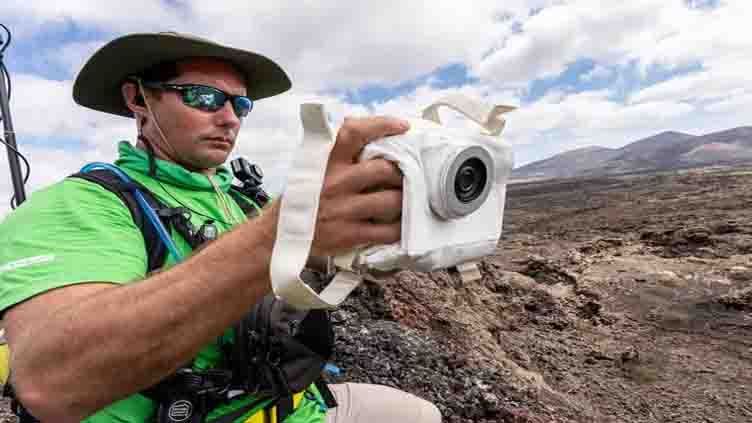Nikon and NASA to put a mirrorless camera on the Moon

Technology
NASA has signed an agreement with Niko to develop a handheld camera for its upcoming Artemis mission
(Web Desk) - Nikon has collaborated with NASA to develop the Handheld Universal Lunar Camera (HULC), a mirrorless camera system designed for use by astronauts during the upcoming Artemis III mission to the Moon.
NASA announced the Space Act agreement on Thursday, highlighting the camera's capability to capture imagery in low light and withstand the challenging lunar environment.
Scheduled for launch "no earlier than September 2026," the Artemis III mission targets the lunar south pole, a scientifically intriguing region containing water ice within permanently shadowed craters.
The extreme lighting and temperature conditions pose unique technical challenges for equipment operation in this area, making the development of the HULC system crucial.
Nikon's flagship full-frame Z9 has already undergone thermal, vacuum, and radiation testing before the collaboration, serving as the foundation for the modified HULC system, complemented by Nikkor lenses.
The camera's design incorporates NASA's thermal blankets to shield it from dust and extreme temperatures, along with modified electrical components to mitigate radiation-related issues.
A custom grip with adapted buttons facilitates the operation of the camera system by suited crew members wearing gloves. Nikon's legacy in space exploration dates back to the 1971 Apollo 15 mission, where a modified Nikon Photomic FTN was used.
However, the upcoming Artemis III mission marks a significant advancement with the introduction of mirrorless technology.
Unlike the large-format cameras used during the 1972 Apollo 17 mission, the HULC features a viewfinder, and the Nikon Z9's onboard video capabilities allow crew members to capture both still imagery and video using a single device.
This innovation eliminates the need for separate cameras for photography and video, a departure from the practices of past Apollo missions.


